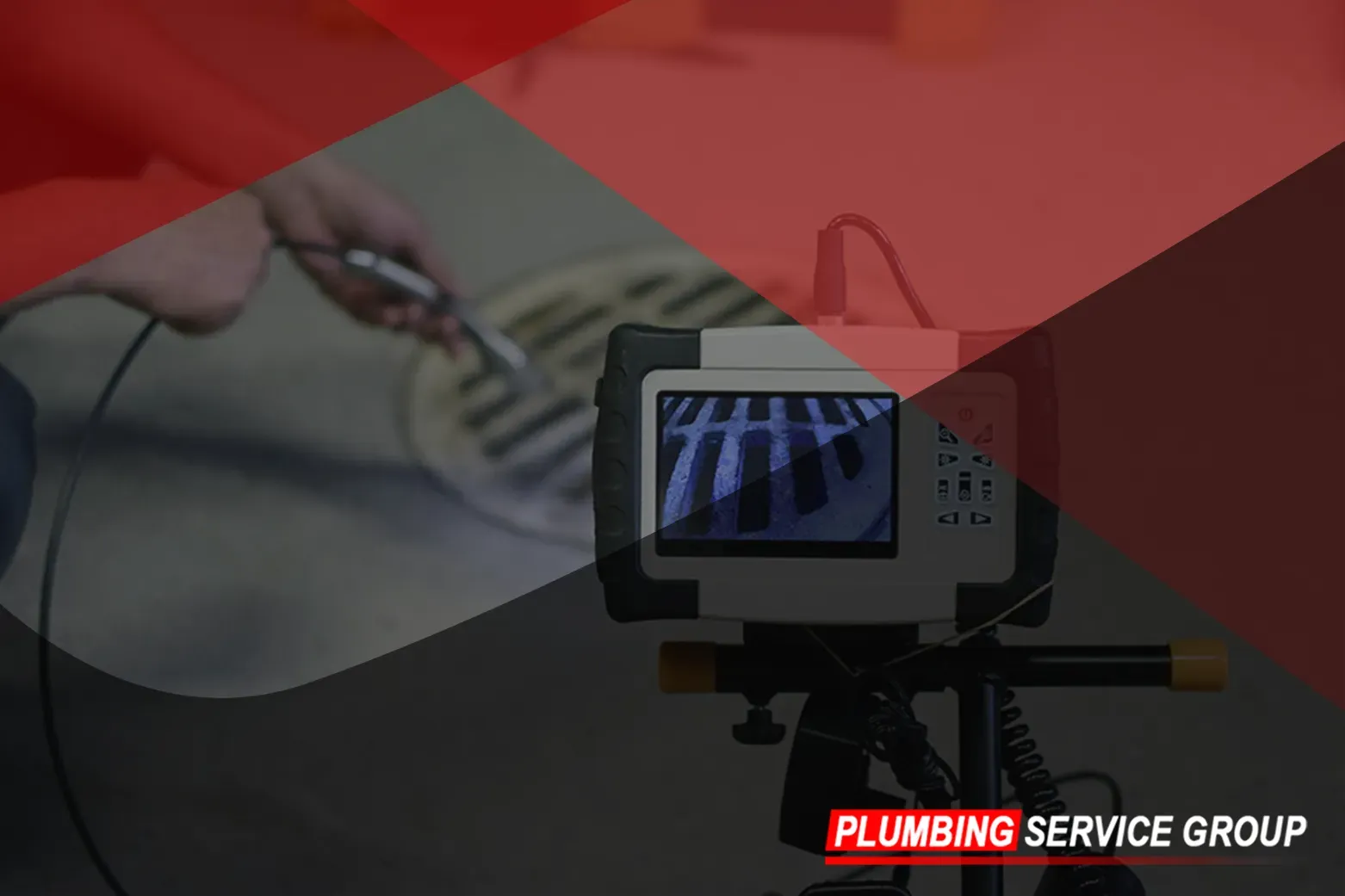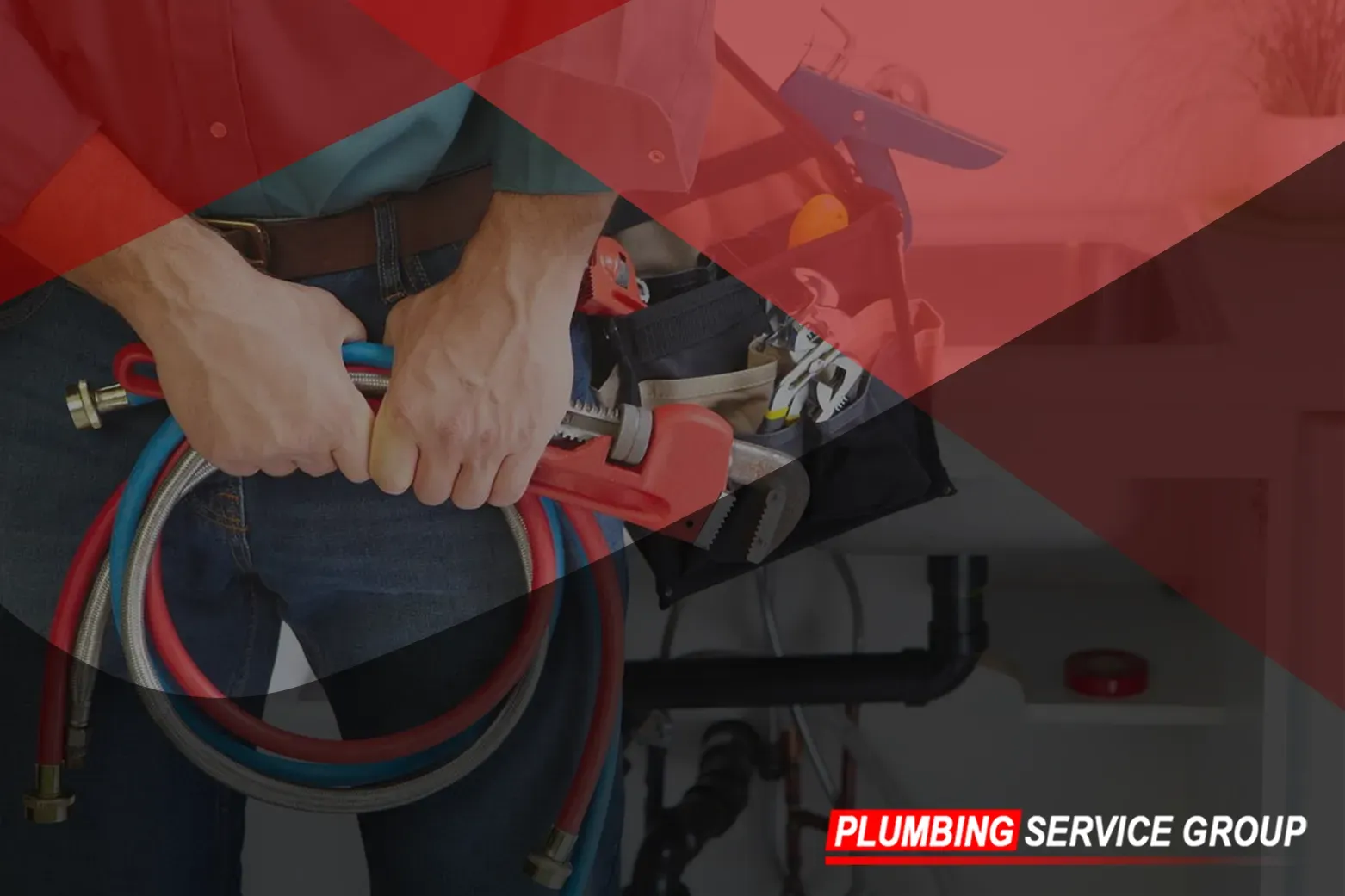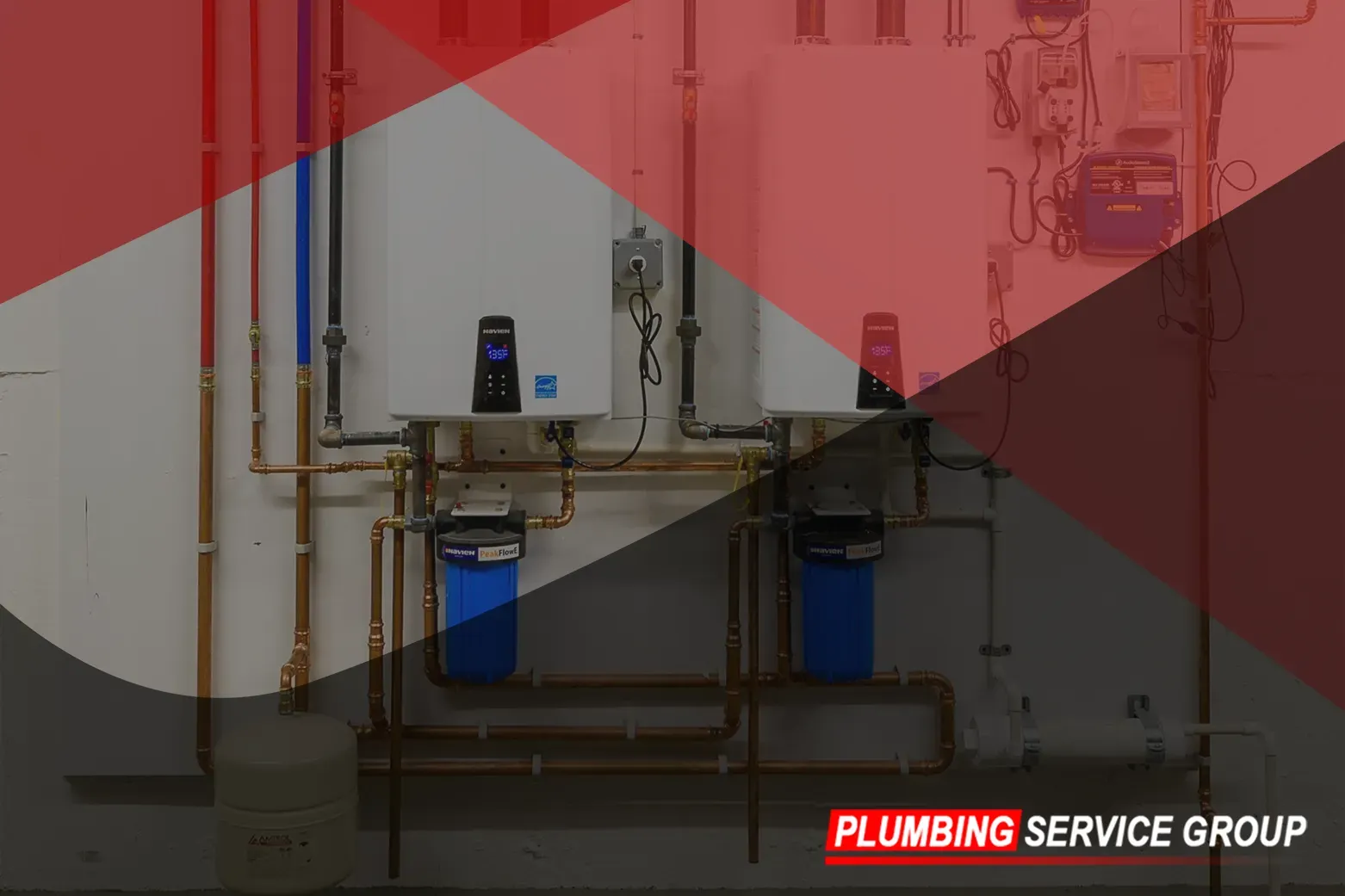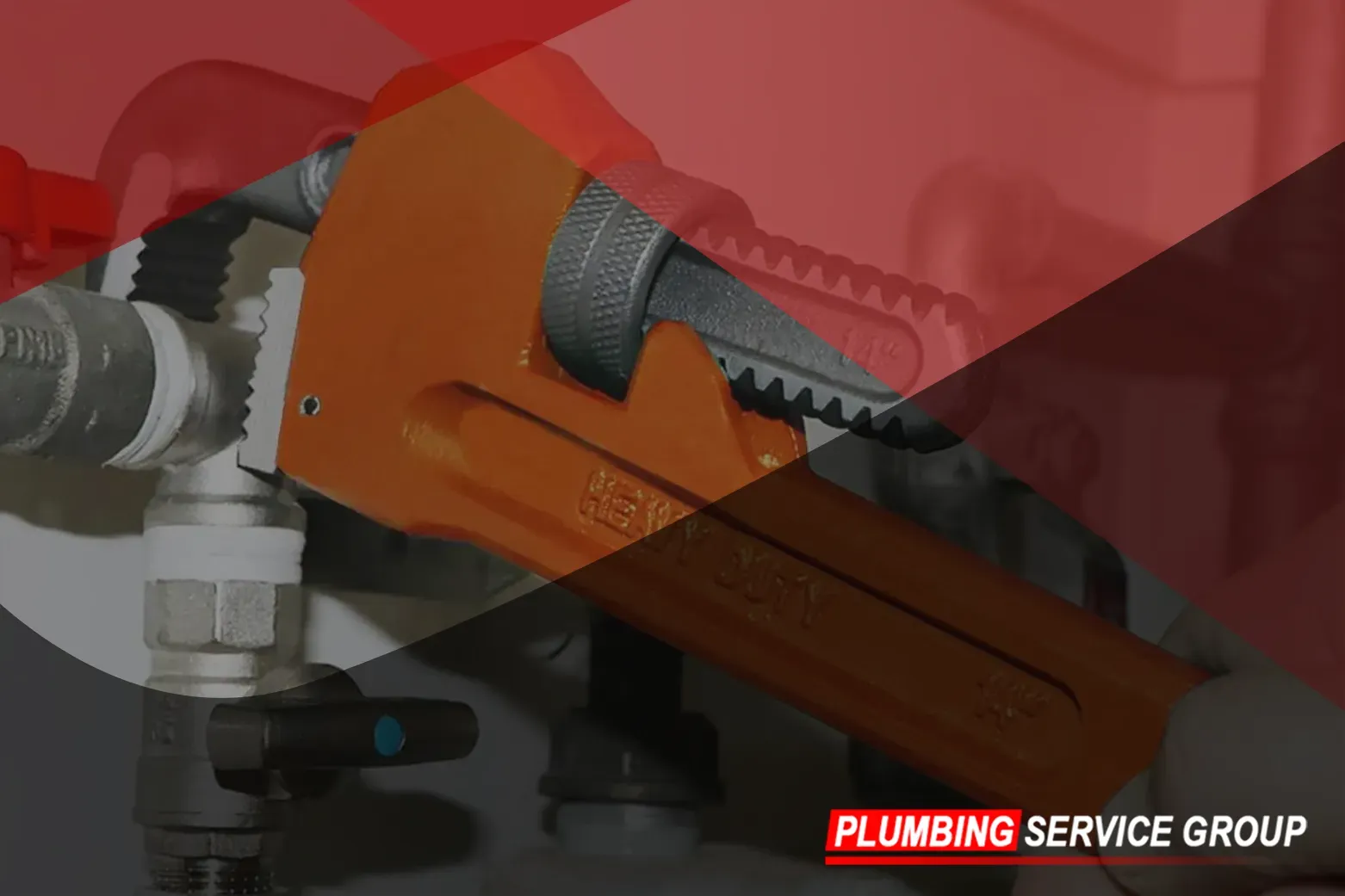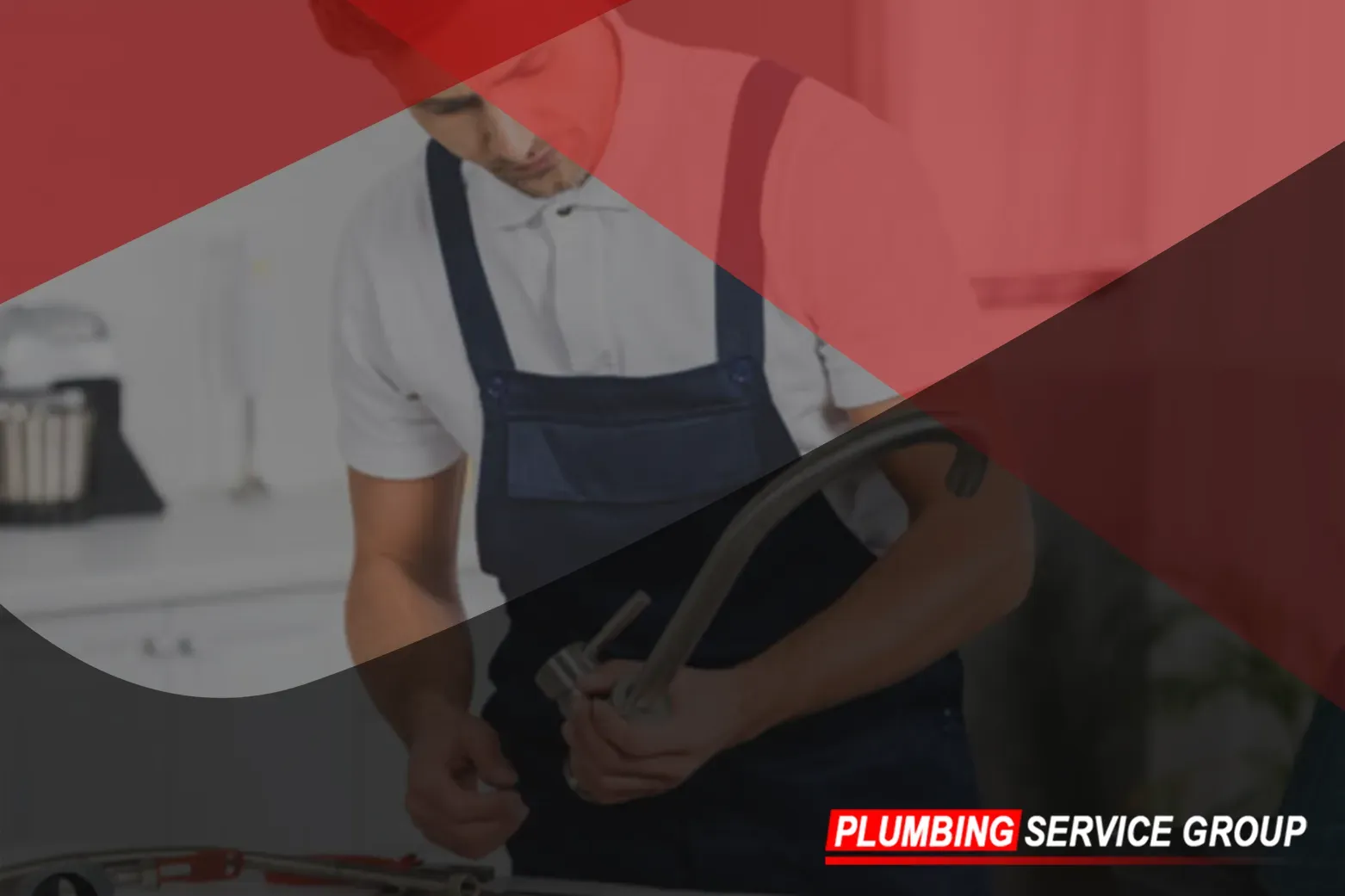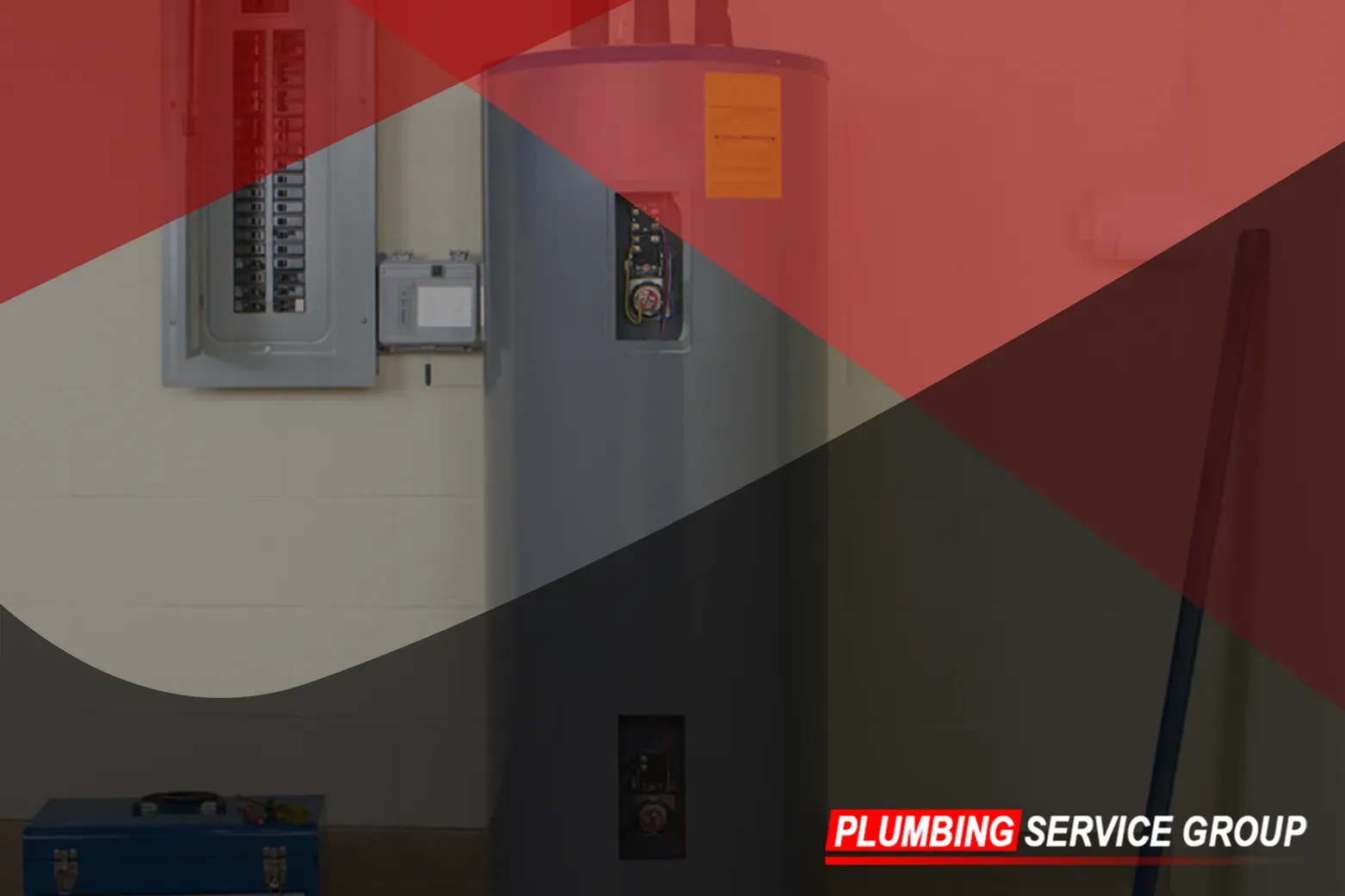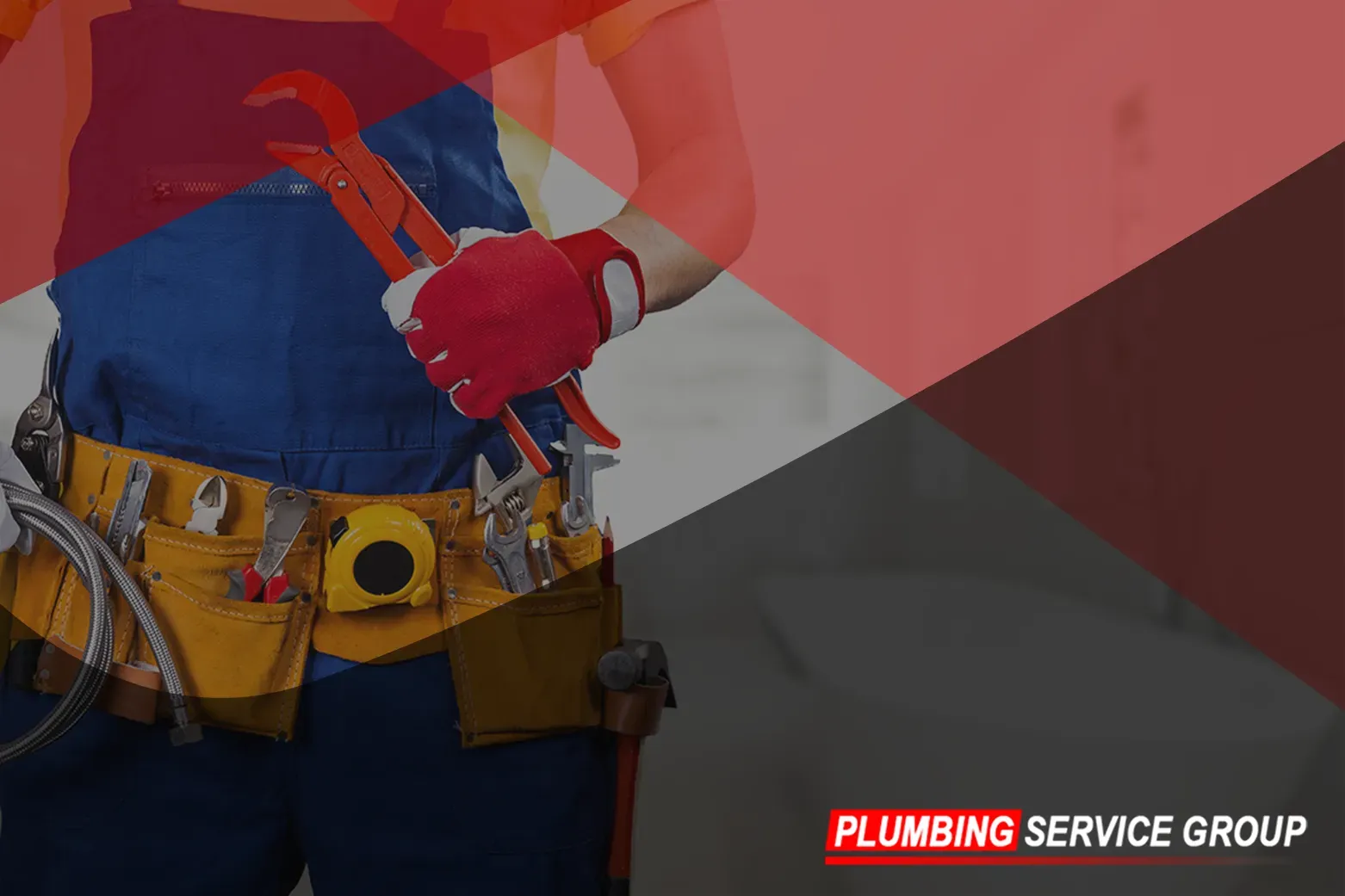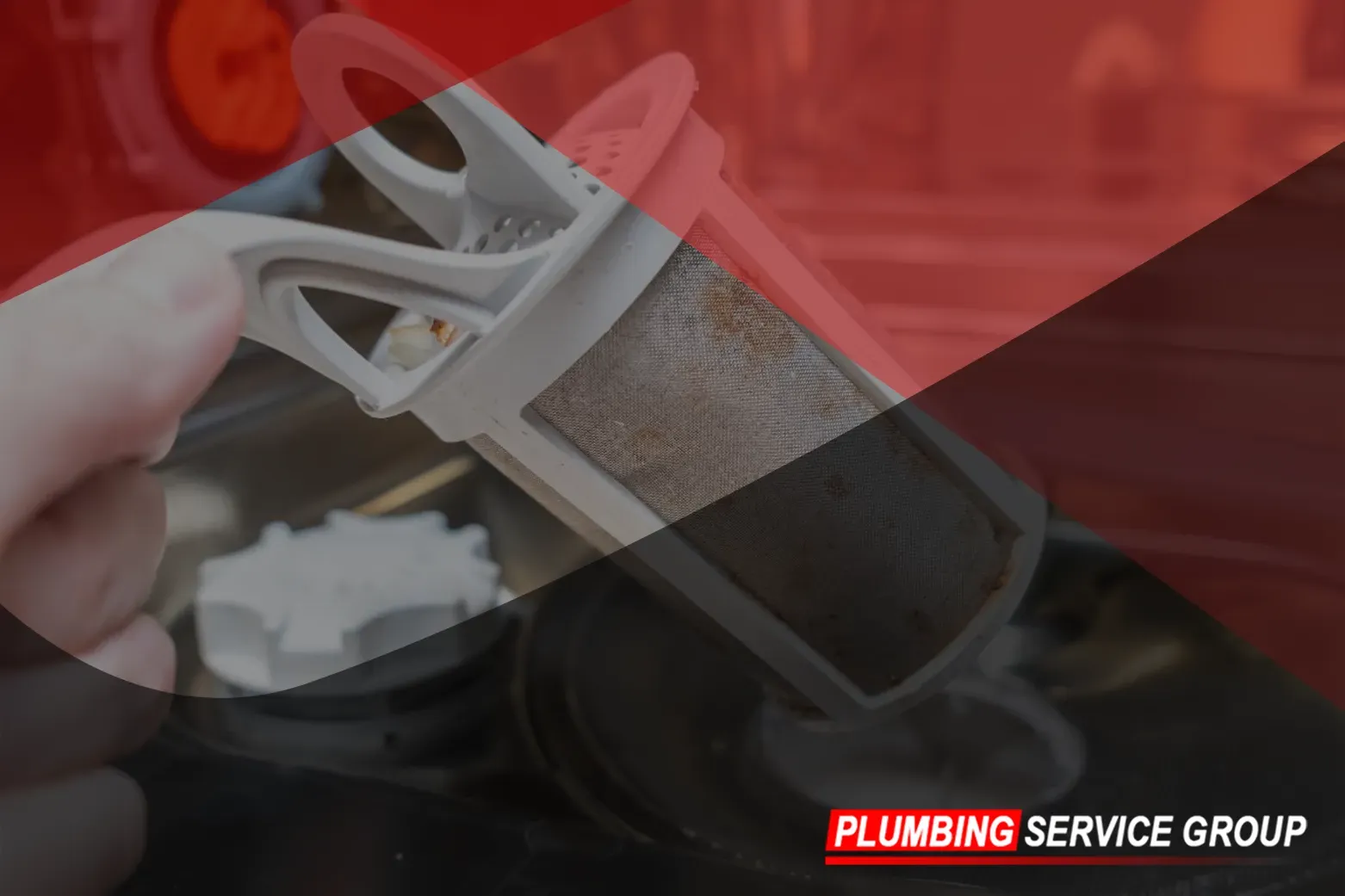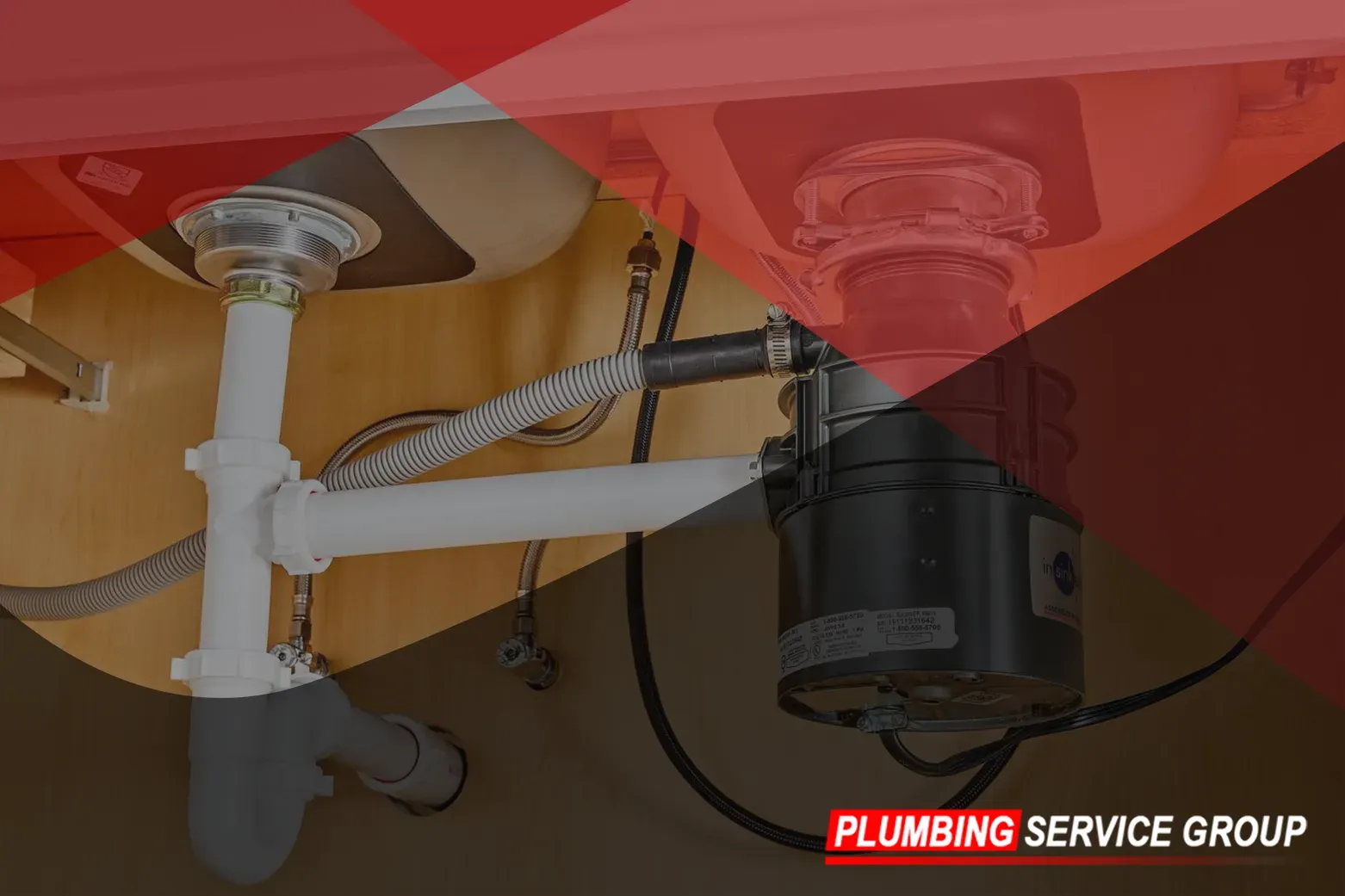Get in touch
555-555-5555
mymail@mailservice.com
How to Unclog a Toilet Fast?
Are you facing the dreaded situation of a clogged toilet? Don’t panic! With the right knowledge and a few expert tips, you can quickly and efficiently unclog your toilet without the need for professional assistance. In this guide brought to you by Plumbing Service Group, we’ll walk you through the steps to tackle this common household issue like a pro.
Understanding the Problem: Why is Your Toilet Clogged?
Before diving into the unclogging process, it’s essential to understand why your toilet is clogged in the first place. The most common culprits include excessive toilet paper usage, flushing non-flushable items, or a build-up of organic matter over time. By identifying the root cause, you can implement preventive measures to avoid future clogs.
Gathering Your Tools: What You’ll Need
To effectively unclog a toilet, you’ll need a few tools and supplies readily available:
- Plunger: A standard cup plunger is your first line of defense against toilet clogs. Make sure to choose a plunger with a flange at the bottom for a better seal.
- Toilet Auger (Optional): For stubborn clogs that can’t be cleared with a plunger, a toilet auger, also known as a plumbing snake, can be incredibly useful. This tool is designed to navigate through the toilet’s trap and break apart blockages.
- Rubber Gloves: Protect your hands from germs and bacteria by wearing rubber gloves throughout the unclogging process.
Step-by-Step Guide: How to Unclog a Toilet Fast
1. Assess the Situation:
Begin by assessing the severity of the clog. If the water level is rising dangerously high, it's crucial to act swiftly to prevent overflow. Locate the toilet’s shutoff valve, typically positioned near the base behind the toilet, and turn it off to stop the flow of water into the bowl. This step is essential for avoiding a messy cleanup and potential water damage.
2. Prepare the Plunger:
Next, prepare your plunger for action. To ensure a tight seal and maximum suction, ensure the plunger’s cup is fully submerged in water. Position the plunger directly over the drain hole, ensuring it covers the opening completely. This proper positioning is vital for creating the necessary pressure to dislodge the clog effectively.
3. Apply Pressure:
With a firm grip on the plunger handle, apply downward pressure with a forceful thrust. This initial push helps to create a seal and dislodge the obstruction within the drain pipe. After pushing down, pull up sharply to create suction, aiming to loosen and break apart the clog. Repeat this plunging motion vigorously for several cycles to effectively dislodge the blockage.
4. Flush and Repeat:
As you continue plunging, monitor the water level in the toilet bowl. If it starts to recede, it’s a positive sign that your efforts are working. After several plunging attempts, flush the toilet to see if the clog has been successfully cleared. If the water drains freely without backing up, you’ve likely resolved the issue. However, if the water level remains high or rises again, repeat the plunging process until the obstruction is cleared.
5. Use a Toilet Auger (if necessary):
In cases where the clog proves stubborn and resistant to plunging, it may be necessary to use a toilet auger, also known as a plumbing snake. Insert the auger into the drain hole and carefully navigate it through the trap of the toilet. Rotate the handle clockwise as you feed the auger further into the drain, exerting pressure to break apart the obstruction. Continue this process until you encounter resistance, then crank the auger to dislodge the blockage.
6. Test and Restore:
After using the toilet auger or successfully clearing the clog with the plunger, it’s essential to confirm that the obstruction has been fully removed. Flush the toilet again to ensure that water flows freely without any signs of backup or blockage. Once you’re satisfied that the toilet is functioning correctly, turn the water supply back on using the shutoff valve and resume normal use.
Preventing Future Clogs: Tips for Maintenance
Now that you’ve successfully unclogged your toilet, it’s crucial to implement preventive measures to avoid future clogs:
- Watch What You Flush: Stick to flushing only toilet paper and human waste. Avoid flushing items like wipes, feminine hygiene products, or paper towels, as they can easily cause blockages.
- Regular Maintenance: Schedule routine plumbing inspections with Plumbing Service Group to catch any potential issues before they escalate into major problems.
- Educate Household Members: Teach everyone in your household about proper toilet usage and encourage them to follow best practices to prevent clogs.
By following these expert tips from Plumbing Service Group, you can confidently tackle toilet clogs and keep your plumbing system running smoothly. Remember, if you encounter a stubborn clog that you can’t clear on your own, don’t hesitate to contact our team of professional plumbers for prompt assistance.
Office
Email us
Call us
All Rights Reserved | Plumbing Service Group

